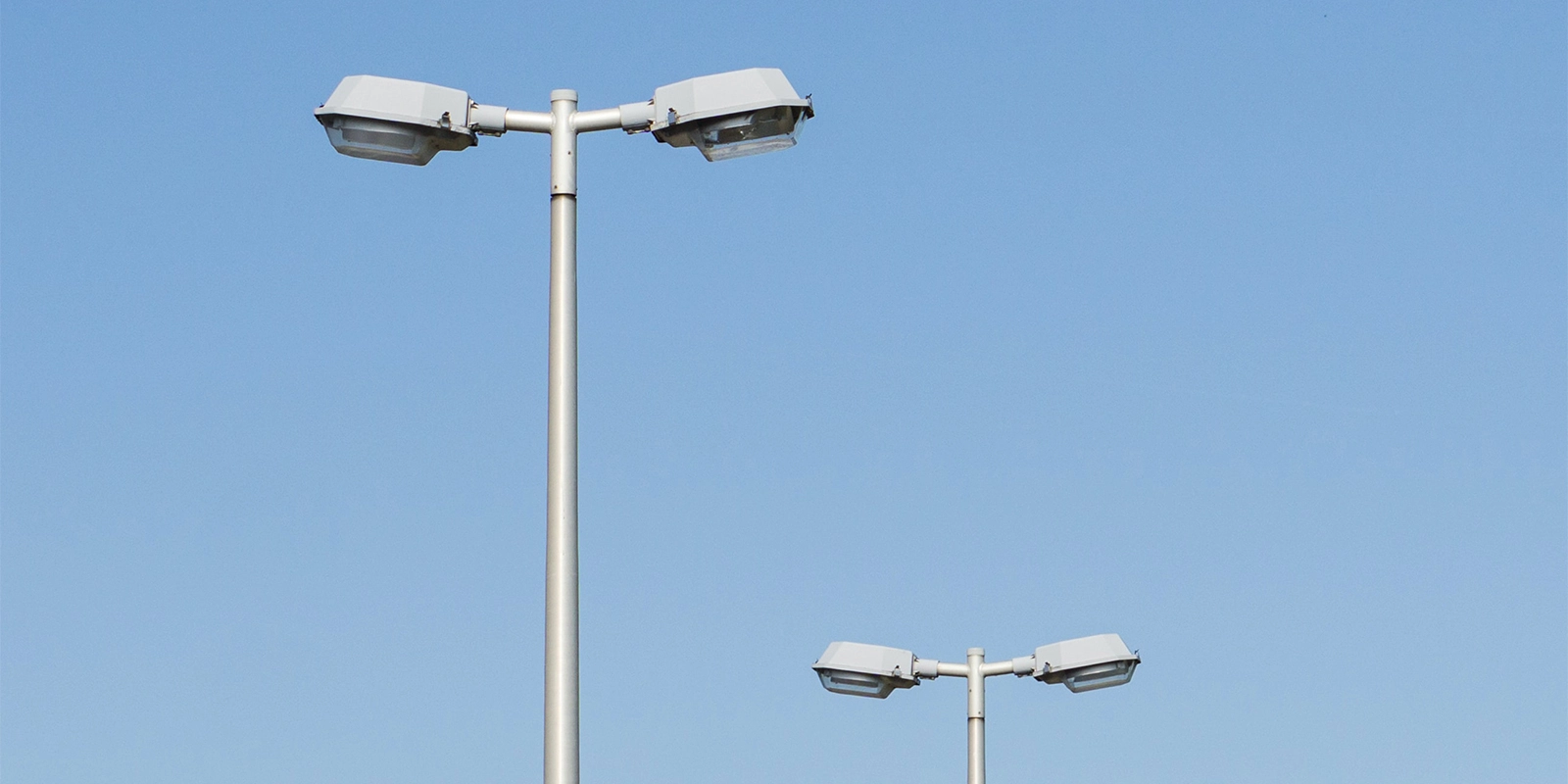Mobile:+86-311-808-126-83
Email:info@ydcastings.com
centrifugal compressor impeller types
Types of Centrifugal Compressor Impellers
Centrifugal compressors are essential components in various industrial applications, including air conditioning systems, gas turbines, and chemical processing. The heart of these compressors is the impeller, which increases the velocity of the gas or fluid passing through it. Understanding the different types of centrifugal compressor impellers is crucial for selecting the right equipment for specific applications. This article will explore the various impeller designs, along with their advantages and disadvantages.
1. Open Impellers
Open impellers feature blades that are not enclosed by a shroud. This design allows for easy passage of the fluid and is typically used in applications where the fluid contains solid particles, such as waste water treatment or pulp and paper industries. The primary advantage of open impellers is their ability to handle slurries and fluids with various impurities. However, they are often less efficient than other designs and may experience higher wear rates due to the direct interaction of the blades with the fluid.
2. Closed Impellers
Closed impellers consist of blades that are enclosed between two shrouds. This design helps to increase the aerodynamic efficiency of the impeller by minimizing the fluid recirculation at the blade tip. Closed impellers are widely used in industrial applications where high efficiency and pressure increase are required. They are particularly common in HVAC systems and process gas compression. Although they are more efficient than open impellers, closed impellers may struggle with solids-laden fluids, as the design can lead to clogging and reduced performance.
3
. Semi-Open Impellerscentrifugal compressor impeller types

Semi-open impellers represent a middle ground between open and closed designs. They feature a shroud on one side of the blade but allow for some exposure on the other side. This design enables them to handle some solids in the fluid while still retaining higher efficiency compared to open impellers. Semi-open impellers are frequently used in applications such as food and beverage processing, where a degree of contamination is expected, but efficiency is still a priority.
4. Backward Curved Impellers
Backward curved impellers have blades that curve in the opposite direction of the flow. This design is particularly effective for high-efficiency applications, as it allows for smooth fluid passage and reduced turbulence. Backward curved impellers are commonly found in centrifugal blowers and fans, where they can provide high flow rates and relatively low power consumption. However, they may not perform well in high solid content applications, as the design can be less tolerant of particulates.
5. Forward Curved Impellers
Forward curved impellers, on the other hand, have blades that curve in the same direction as the flow. These impellers are characterized by their ability to generate high pressures at low flow rates, making them ideal for applications requiring a small size and significant pressure rise. They are mainly used in smaller centrifugal fans and blowers. However, due to the high risk of recirculation and surge, forward curved impellers are less efficient than their backward curved counterparts.
Conclusion
Selecting the right type of centrifugal compressor impeller significantly impacts performance, efficiency, and longevity. Open, closed, semi-open, backward curved, and forward curved impellers each serve distinct roles in various applications, and understanding their characteristics is essential for engineers and industry professionals. By matching the right impeller type with the specific needs of an application, one can achieve optimal performance and reliability in a centrifugal compression system.
-
Why Should You Invest in Superior Pump Castings for Your Equipment?NewsJun.09,2025
-
Unlock Performance Potential with Stainless Impellers and Aluminum End CapsNewsJun.09,2025
-
Revolutionize Your Machinery with Superior Cast Iron and Aluminum ComponentsNewsJun.09,2025
-
Revolutionize Fluid Dynamics with Premium Pump ComponentsNewsJun.09,2025
-
Optimizing Industrial Systems with Essential Valve ComponentsNewsJun.09,2025
-
Elevate Grid Efficiency with High-Precision Power CastingsNewsJun.09,2025











